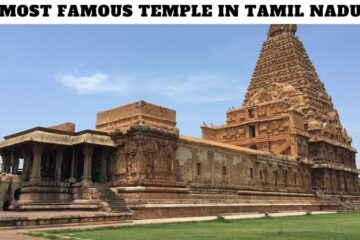
This question has been a source of debate for centuries, with interpretations varying across different Hindu texts and schools of thought. While some portrayals do depict a relationship between Brahma and Saraswati that could be interpreted as marital, it’s important to consider several factors:
1. Symbolic Interpretations: Many scholars argue that the narrative of Brahma and Saraswati isn’t meant to be taken literally. It’s often viewed as a symbolic representation of the relationship between creation (Brahma) and knowledge/wisdom (Saraswati), emphasizing their interconnectedness.
2. Different Narratives: Different Hindu texts offer varying accounts of Brahma and Saraswati’s connection. Some portray them as siblings, others as father and daughter, and some even mention them as husband and wife. This lack of a single, consistent narrative adds to the ambiguity.
3. Evolution of Texts: Some argue that the depiction of Brahma marrying his daughter is a later development in Hindu mythology, influenced by patriarchal ideologies that emerged over time. The Vedas, considered the earliest Hindu scriptures, don’t mention such a relationship.
4. Modern Interpretations: Many contemporary Hindu thinkers and scholars reject the literal interpretation of Brahma marrying his daughter, emphasizing its symbolic meaning and rejecting its compatibility with modern ethical values.
In conclusion:
- Whether Brahma “married” his daughter depends on which text and interpretation you consider.
- Symbolic interpretations are prevalent, highlighting the connection between creation and knowledge rather than a literal marriage.
- The narrative’s ambiguity and diverse interpretations make it a complex issue.
Modern interpretations often reject the literal interpretation due to ethical concerns.
Remember, it’s important to approach these narratives with cultural and historical context, considering different interpretations and perspectives.


